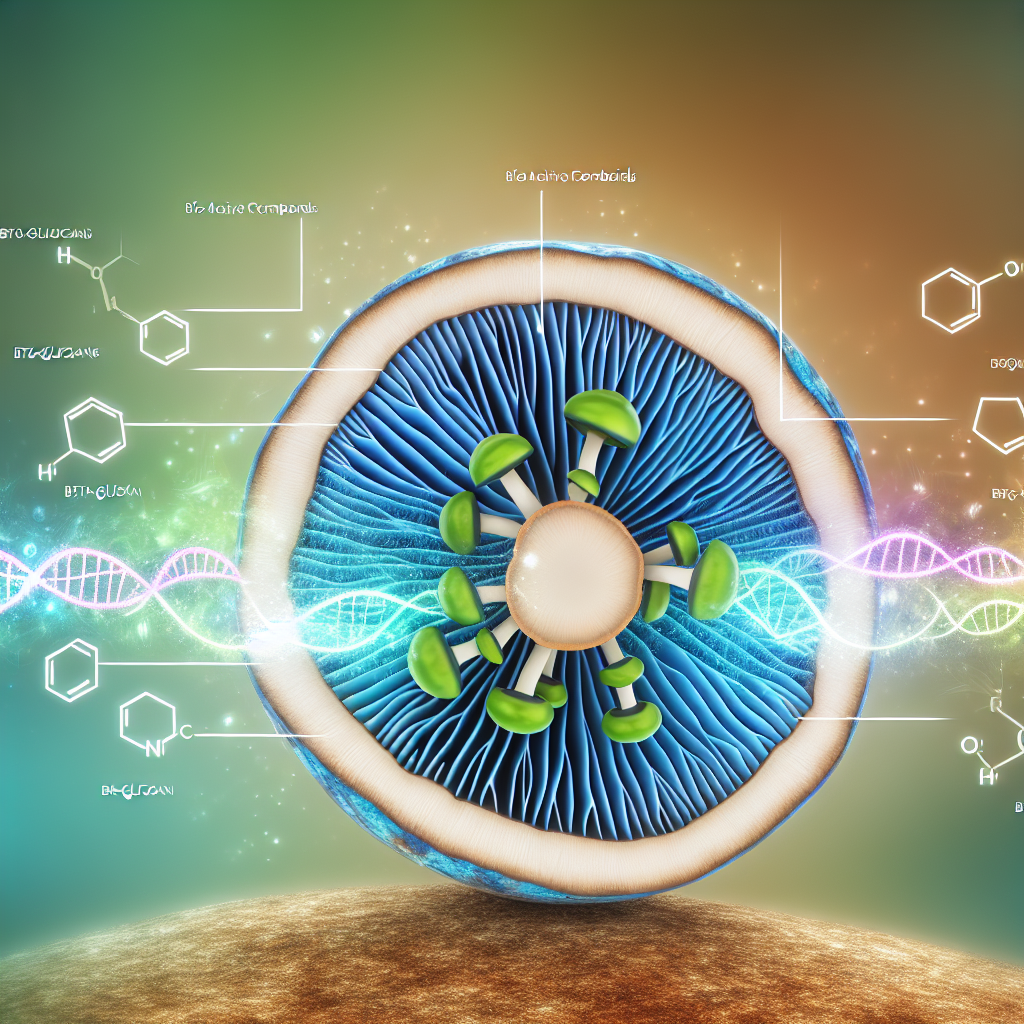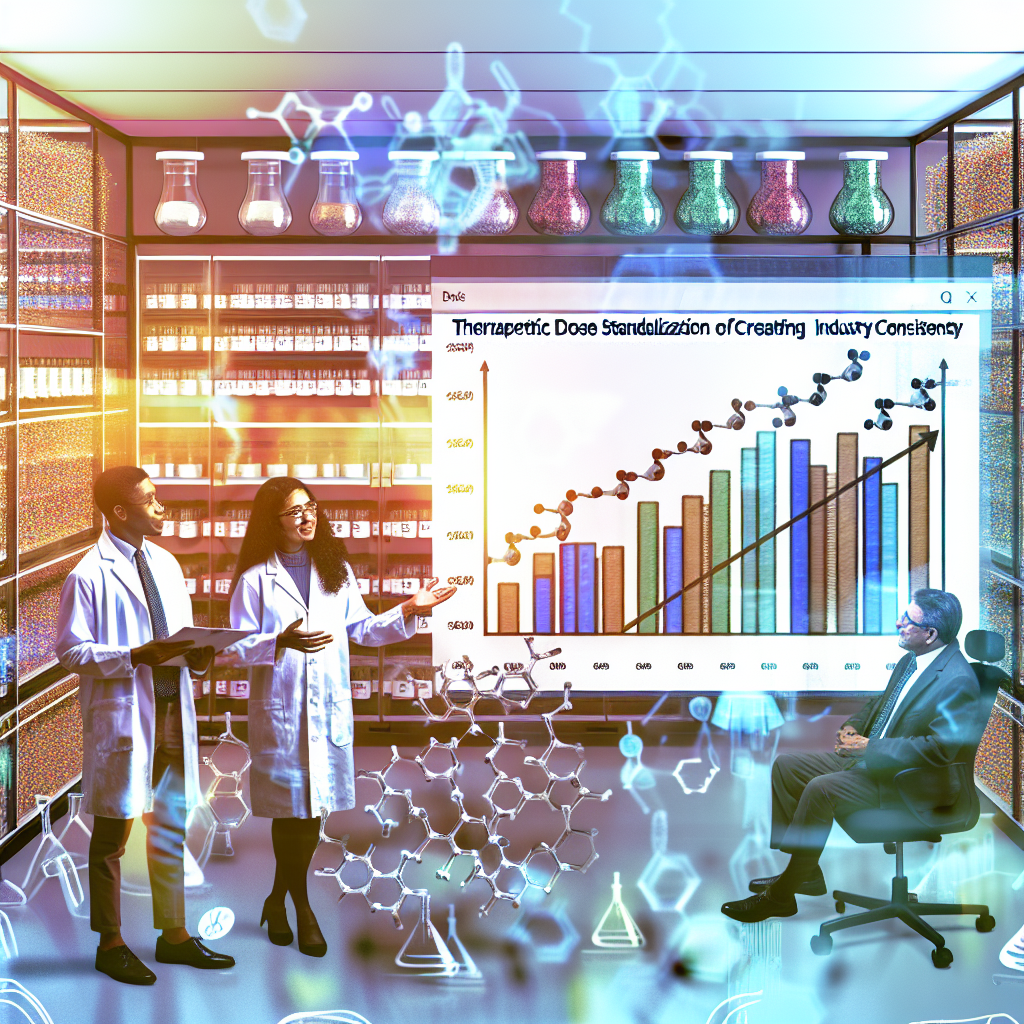Here is the WordPress blog article with the requested changes:
Mushroom Bioactive Compounds Beyond Beta-Glucans: Emerging Research
Introduction: Unlocking the Full Healing Potential of Medicinal Mushrooms
Medicinal mushrooms have captivated global attention in recent years for their profound therapeutic potential. The lion’s share of this interest has historically focused on beta-glucans—naturally occurring polysaccharides that modulate the immune system and support overall health. However, the evolution of mushroom science is revealing a far wider spectrum of bioactive compounds that offer equally—if not more—powerful healing effects. As the conversation grows around functional and medicinal mushrooms, it’s becoming increasingly clear that beta-glucans are just one element in a much more intricate biochemical network.
Beta-glucans have earned their acclaim for supporting immune response, reducing inflammation, and possibly enhancing cancer treatments via T-cell activation. But emerging studies illuminate a complex matrix of other bioactive constituents also found in fungi. These include triterpenoids, ergothioneine, phenolics, sterols, peptides, and alkaloids—many of which exhibit antiviral, neuroprotective, anti-inflammatory, hepatoprotective, and anticancer properties.
Understanding these additional compounds opens new doors to personalized medicine, integrative therapies, and naturopathic approaches. For example, Reishi (Ganoderma lucidum) is not only rich in beta-glucans but also contains ganoderic acids (a form of triterpenoid) known for their powerful adaptogenic and antihypertensive effects. Meanwhile, Lion’s Mane (Hericium erinaceus) boasts hericenones and erinacines, compounds currently under study for their neuroregenerative capabilities, with implications extending into neuroplasticity and Alzheimer’s treatment.
What makes medicinal mushrooms so compelling is their synergistic architecture. The multitude of compounds they harbor work in tandem, enhancing each other’s medicinal value. This phenomenon, often referred to as the “entourage effect,” suggests that whole mushroom extracts might be more therapeutically potent than isolated compounds. As scientific interest continues to deepen, newer analytical tools such as metabolomics and genomics are unveiling bioactives that had previously gone unnoticed.
This article explores the cutting-edge research behind lesser-known yet highly promising mushroom compounds that extend far beyond beta-glucans. By shedding light on these constituents, we aim to provide a foundation for a more comprehensive understanding of how mushrooms might soon revolutionize the landscape of natural medicine.
Triterpenoids: The Anti-Cancer & Liver-Supporting Warriors of Reishi
Found in abundance in Reishi mushrooms (Ganoderma lucidum), triterpenoids like ganoderic acids A, B, and C1 exhibit powerful pharmacological attributes. Research published in the journal Molecules highlights their anti-inflammatory, antihypertensive, hepatoprotective, and anti-tumor effects.
A 2021 study demonstrated that triterpenoids in Reishi could inhibit cancer cell proliferation and induce apoptosis in malignant cell lines—creating new possibilities for complementary oncology therapies.
Hericenones & Erinacines: Lion’s Mane and the Future of Brain Health
Lion’s Mane (Hericium erinaceus) has become a focal point in neurodegenerative research due to its production of erinacines (from mycelium) and hericenones (from fruiting bodies). These are unique cyathane-type diterpenoids recognized for enhancing nerve growth factor (NGF) synthesis.
A small double-blind clinical trial published in Biomedical Research showed that elderly individuals with mild cognitive impairment had significantly improved cognitive function after 16 weeks of Lion’s Mane supplementation.
Ergothioneine: The Mushroom-Derived “Longevity Molecule”
Ergothioneine is a sulfur-containing amino acid with potent antioxidative and cytoprotective properties. Synthesized only by fungi, it’s found in abundance in varieties like Shiitake and Maitake.
It selectively accumulates in areas of the body exposed to oxidative stress, including the brain, liver, and skin. According to a 2019 study in The Journal of Nutritional Biochemistry, ergothioneine can modulate inflammation and reduce oxidative damage—offering potential protection from cardiovascular illness and neurodegeneration.
Sterols & Phenolics: Antioxidant & Immune-Boosting Powerhouses
Chaga (Inonotus obliquus) and Turkey Tail (Trametes versicolor) are prized for their high content of sterols and phenolic compounds. Chaga, specifically, contains inotodiol and betulinic acid—both of which have demonstrated apoptotic activity in cancer research.
These compounds provide potent antioxidant defense and immune system support. Recent studies suggest potential roles as natural chemotherapeutic agents with minimal side effects.
Fungal Lectins: Nature’s Antiviral and Anticancer Secret Agents
Lectins are carbohydrate-binding proteins that influence cellular communication. Present in mushrooms like Maitake (Grifola frondosa) and common button mushrooms (Agaricus bisporus), fungal lectins have shown promising antitumor and anti-HIV activity.
These lectins may modulate the immune system and inhibit viral replication, paving the way for novel antiviral and anticancer therapies.
Embracing the Entourage Effect: The Synergy of Full-Spectrum Mushroom Extracts
As more sophisticated analytical techniques like mass spectrometry and NMR spectroscopy emerge, researchers continue to discover an expanding array of bioactives in mushrooms. The focus is shifting from single compounds to the whole-matrix synergy that mushrooms naturally provide.
This holistic approach affirms the “entourage effect,” where multiple compounds work together to yield superior therapeutic results—further advocating for the use of full-spectrum mushroom extracts.
Conclusion: Beyond Beta-Glucans—A New Era in MycoMedicine
The world of medicinal mushrooms extends far beyond beta-glucans. Thanks to advancements in mycological science and pharmacology, we are now uncovering a treasure trove of bioactive compounds with significant therapeutic promise—from triterpenoids and lectins to ergothioneine and neuroprotective diterpenes.
Incorporating these discoveries into medical and wellness practices could revolutionize how we approach health holistically. As science continues to unfold the secrets of these powerful fungi, mushrooms are poised not only to complement but perhaps even to redefine modern medicine.
100-word Summary:
The research on medicinal mushrooms is rapidly expanding beyond the well-known benefits of beta-glucans. Emerging studies reveal a diverse array of bioactive compounds, including triterpenoids, ergothioneine, hericenones, and fungal lectins, which exhibit powerful antiviral, neuroprotective, anti-inflammatory, and anticancer properties. By understanding the synergistic “entourage effect” of these compounds, scientists are uncovering new ways for mushrooms to revolutionize natural medicine and integrate into personalized healthcare approaches. As this field of study continues to evolve, the potential of medicinal mushrooms to transform modern wellness and redefine the boundaries of conventional medicine becomes increasingly clear.

Dominic E. is a passionate filmmaker navigating the exciting intersection of art and science. By day, he delves into the complexities of the human body as a full-time medical writer, meticulously translating intricate medical concepts into accessible and engaging narratives. By night, he explores the boundless realm of cinematic storytelling, crafting narratives that evoke emotion and challenge perspectives. Film Student and Full-time Medical Writer for ContentVendor.com



